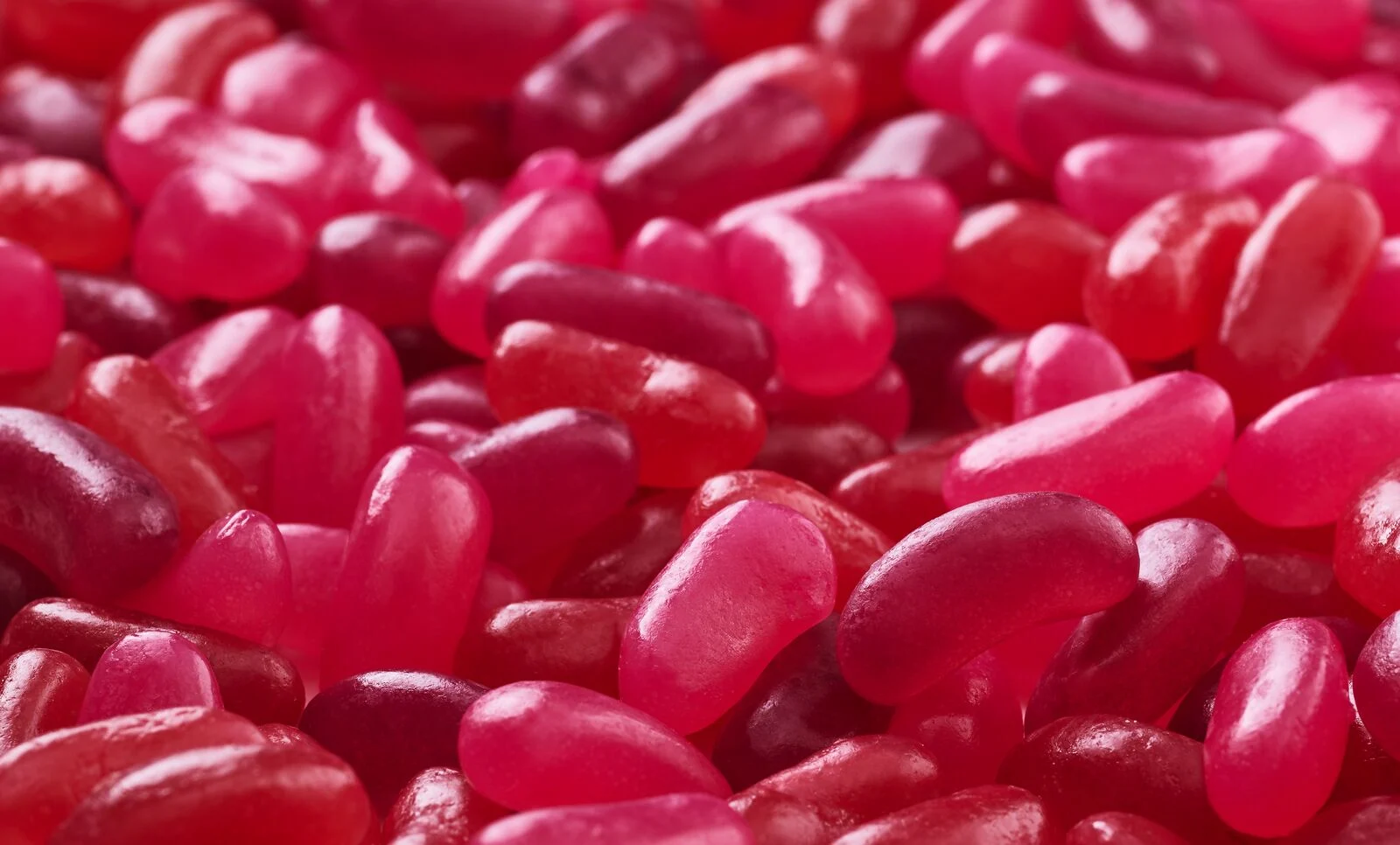Article | Jun 19. 2023 - 9:01AM
Think Pink! An endless world of opportunities in Food and Beverage
There’s no denying that pink products are becoming more and more popular. The colour pink is often associated with feelings of sweetness, innocence, and playfulness.
Media contact
Jessica O'Sullivan-Munck
Global Communication & Media Manager
It is a warm and inviting hue that can evoke feelings of comfort and relaxation making it the perfect shade for a range of food products including confectionery and beverages.
Traditionally, the colour pink has been used to suggest fruity or floral flavours. Classic flavour combinations such as strawberry, pink lemonades and cherry sodas utilise the shade to reinforce the sweet and fruity notes. The pink shade of the product meets our expectations for the visuals of these flavours. We expect a strawberry product to be pink!
With its sense of whimsical fun, and the recent consumer trends for more adventurous and exotic flavours, pink has found a new home in flavours such as bubble-gum, unicorn and birthday cake. These are the types of products that consumers around the world photograph and post to their Instagram pages to impress their friends.
The use of pink in beverages and confectionery can also suggest a sense of indulgence. Pink is often associated with high-end brands and luxury products, making it an excellent choice for premium confectionery and specialty beverages. Flavours such as rose water and hibiscus tie nicely into this. These are refined, grown up flavours for treats for adults!
Reinforcement of flavours is not the only use of pink. It is also closely associated with femininity and love, making it a popular choice for Valentine's Day treats, Mothers’ Day gifts and other romantic occasions. In this way, it can be perfect for Limited Time Offerings and seasonal products.
With all these opportunities, it can be daunting to select the best pink colorant for an application. Synthetic colorants such as carmoisine (azorubine) are easy to use, but not suitable for some markets due to local regulations. Carmines are very stable but can have technical issues in low pH environments such as gummy candy and Ready To Drink soft drinks.
Fortunately, Oterra has a range of vertically integrated solutions to provide stable pinks in a range of applications. For more acidic products, we have the anthocyanins from purple sweet potatoes.
Sweet potatoes are native to South America, where they have been cultivated for more than 5000 years. Their colors can range from white, yellow, and orange, to a deep red or purple. The red and purple varieties are used by the food colour industry due to their high anthocyanin content.
These anthocyanins give vibrant, stable pink colours that are crystal clear. This makes them perfect for clear beverages and candies. They are kosher, halal and vegetarian, making them suitable for use in a wide range of international markets.
For a higher pH application, red beet can hold the answer. Red beet (or beetroot) has been cultivated in all temperate regions for centuries. By pressing, concentrating, and pasteurizing the juice of the roots, red beet color (or betanins E 162) can be produced. These pigments are perfect for colouring frostings, dairy desserts, ice creams and some bakery products. It is also available in oil soluble formulations for chocolate coatings, decorations, and compounds.
For more information on how Oterra’s pink solutions can work for you, please contact us.
